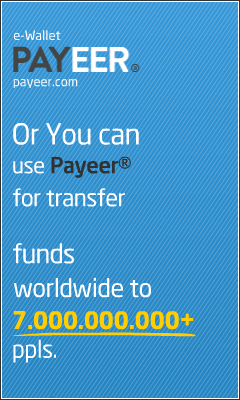Bones are made mostly of collagen, bone is living, growing tissue.
1Hyoid 2Vetebral column 3Carpals 4 Metacarpals 5Cranium 6 Face 7Skull 8Clavical 9Scapula 10 Sternum 11 Humerus 12 Ribs 13 Hip bone (Coxa bone) 14 Radius 15 Ulna 16 Femur 17 Patella 18 Tibia 19 Fibula 20 Tarsals 21 Metatarsals 22 Phalanges 23 Sacrum
24 Coccyx 25 Phalanges.
Collagen is a protein that provides a soft framework, and calcium phosphate is a mineral that adds strength and hardens the framework.
This combination of collagen and calcium makes bone strong and flexible enough to withstand stress.
More than 99 percent of the body's calcium is contained in the bones and teeth. The remaining 1 percent is found in the blood.They are rigid organs that constitute part of the endoskeleton of vertebrates. They support, and protect the various organs of the body, produce red and white blood cells and store minerals.
Bone tissue is a type of dense connective tissue. Bones come in a variety of shapes and have a complex internal and external structure, are lightweight yet strong and hard, and serve multiple functions.
One of the types of tissue that makes up bone is the mineralized osseous tissue, also called bone tissue, that gives it rigidity and a coral-like three-dimensional internal structure.
Other types of tissue found in bones include marrow, endosteum, periosteum, nerves, blood vessels and cartilage. At birth, there are over 270. bones in an infant human's body, but many of these fuse together as the child grows, leaving a total of 206 separate bones in an adult.
The largest bone in the human body is the femur and the smallest bones are auditory ossicles.
Two types of bone found in the body—cortical and trabecular. Cortical bone is dense and compact. It forms the outer layer of the bone. Trabecular bone makes up the inner layer of the bone and has a spongy, honeycomb-like structure.
Structure of Bone
It is important for bones to be strong to support our body weight and in some cases provide protection such as the skull and ribs. However, they must also be light enough to make movement possible.24 Coccyx 25 Phalanges.
Collagen is a protein that provides a soft framework, and calcium phosphate is a mineral that adds strength and hardens the framework.
This combination of collagen and calcium makes bone strong and flexible enough to withstand stress.
More than 99 percent of the body's calcium is contained in the bones and teeth. The remaining 1 percent is found in the blood.They are rigid organs that constitute part of the endoskeleton of vertebrates. They support, and protect the various organs of the body, produce red and white blood cells and store minerals.
Bone tissue is a type of dense connective tissue. Bones come in a variety of shapes and have a complex internal and external structure, are lightweight yet strong and hard, and serve multiple functions.
One of the types of tissue that makes up bone is the mineralized osseous tissue, also called bone tissue, that gives it rigidity and a coral-like three-dimensional internal structure.
Other types of tissue found in bones include marrow, endosteum, periosteum, nerves, blood vessels and cartilage. At birth, there are over 270. bones in an infant human's body, but many of these fuse together as the child grows, leaving a total of 206 separate bones in an adult.
 |
| thediagram of the structure of a bone |
The largest bone in the human body is the femur and the smallest bones are auditory ossicles.
Two types of bone found in the body—cortical and trabecular. Cortical bone is dense and compact. It forms the outer layer of the bone. Trabecular bone makes up the inner layer of the bone and has a spongy, honeycomb-like structure.
Structure of Bone































0 comments